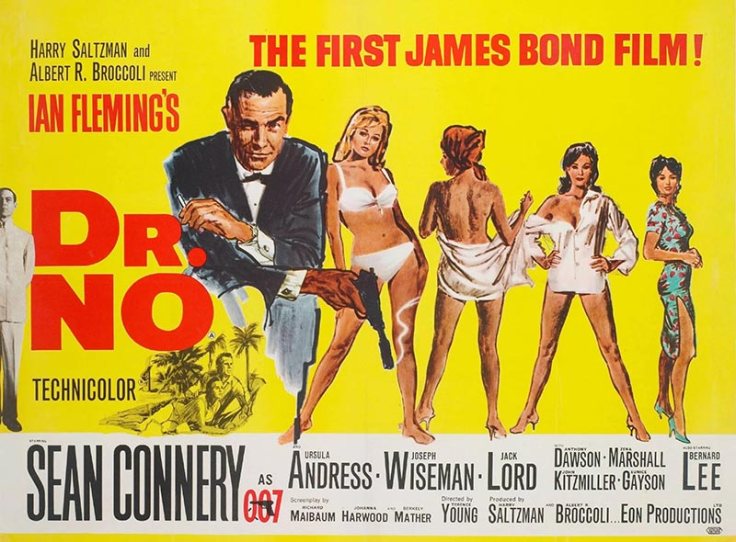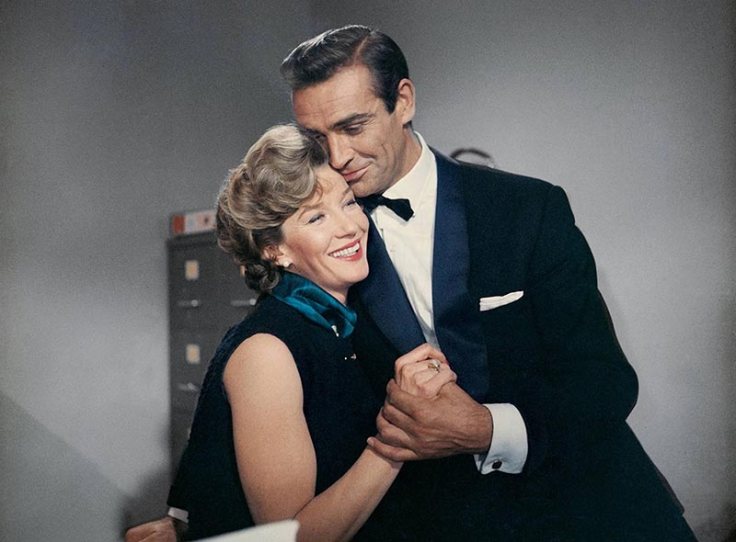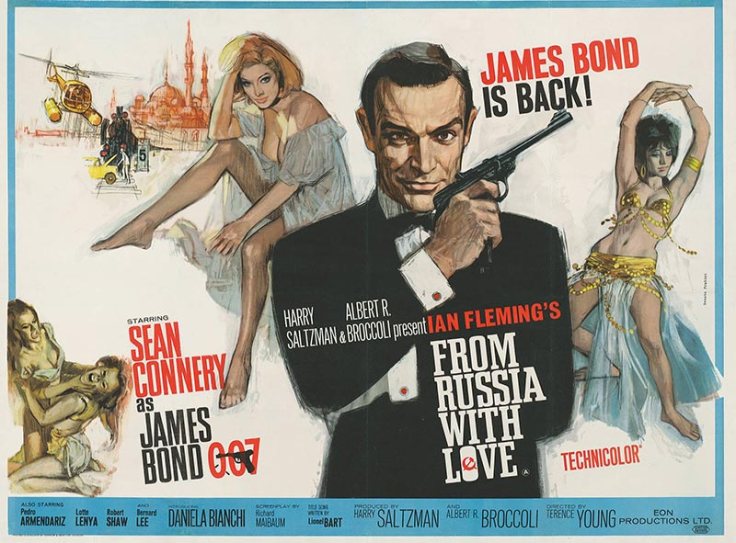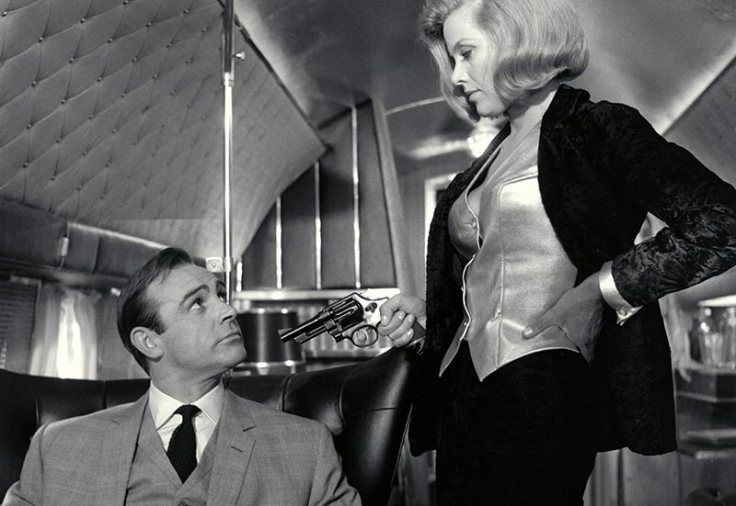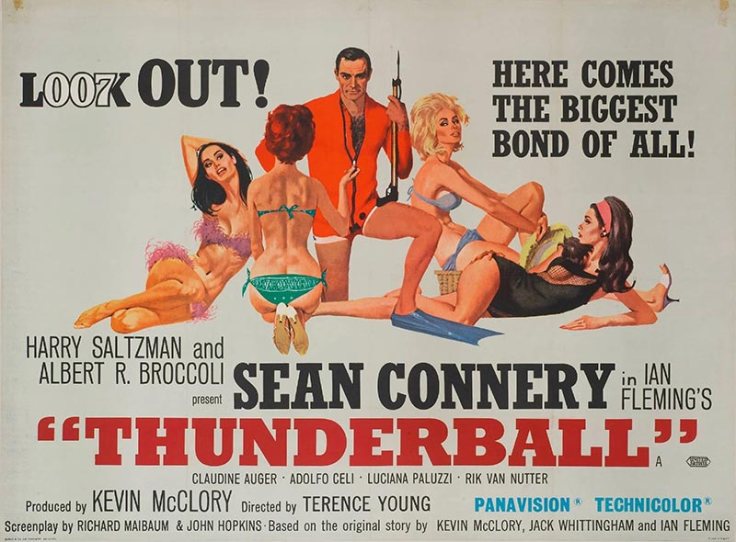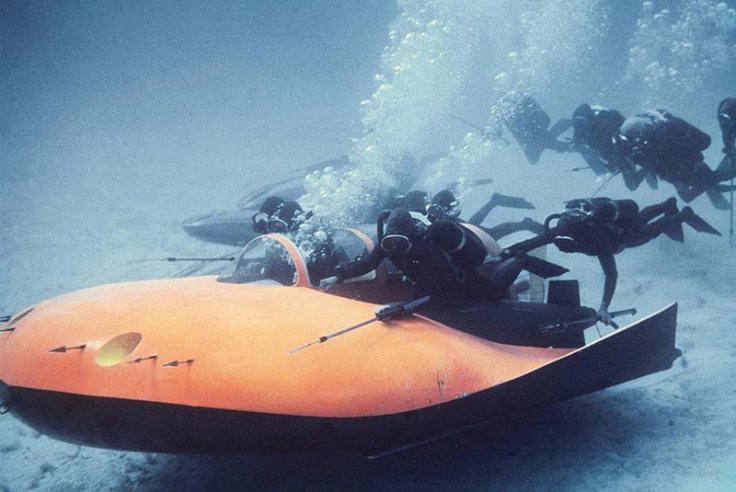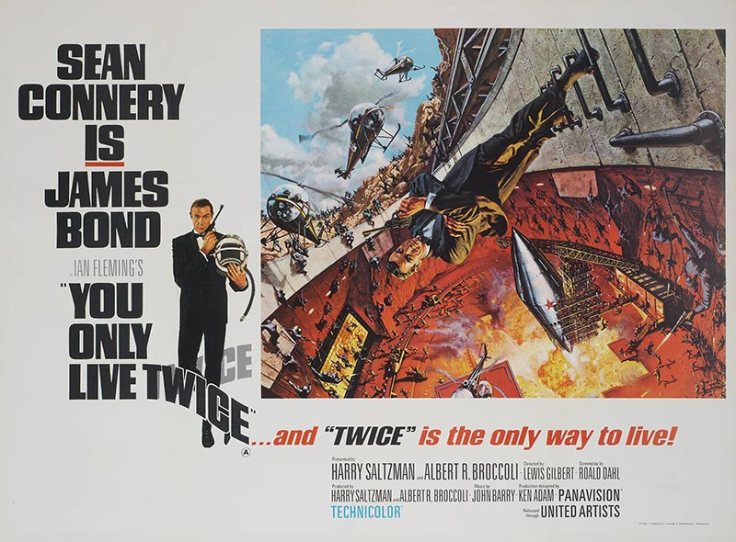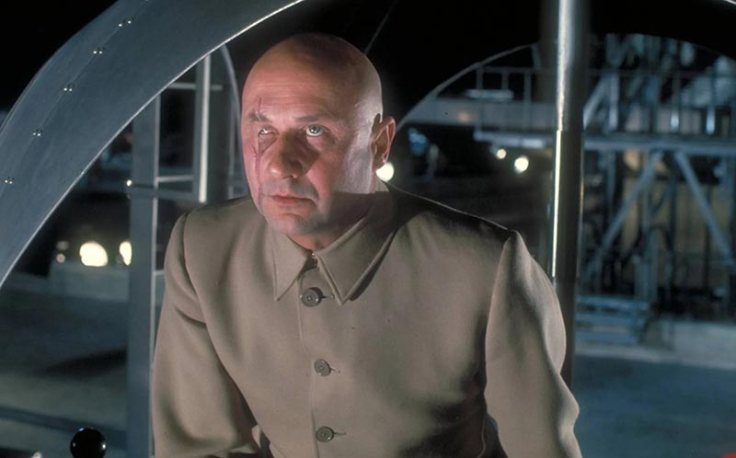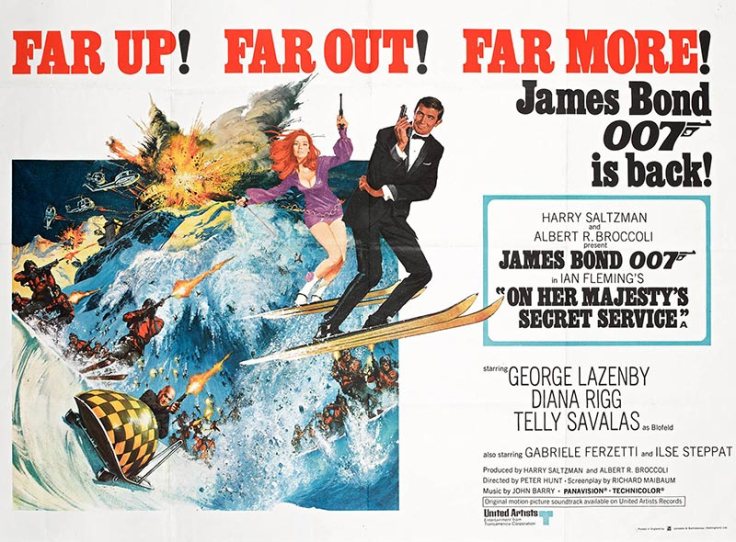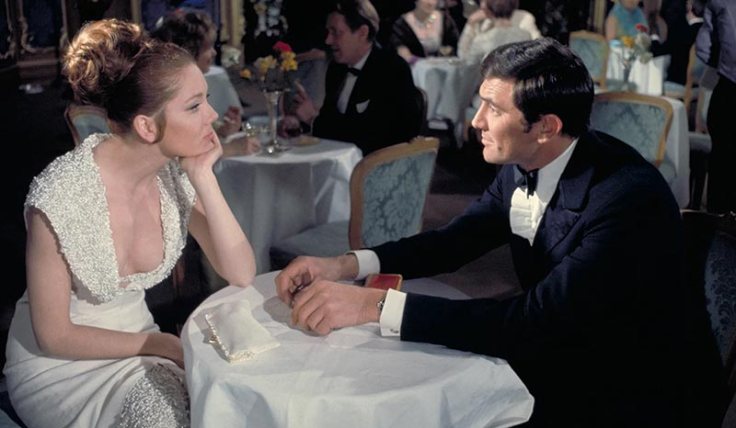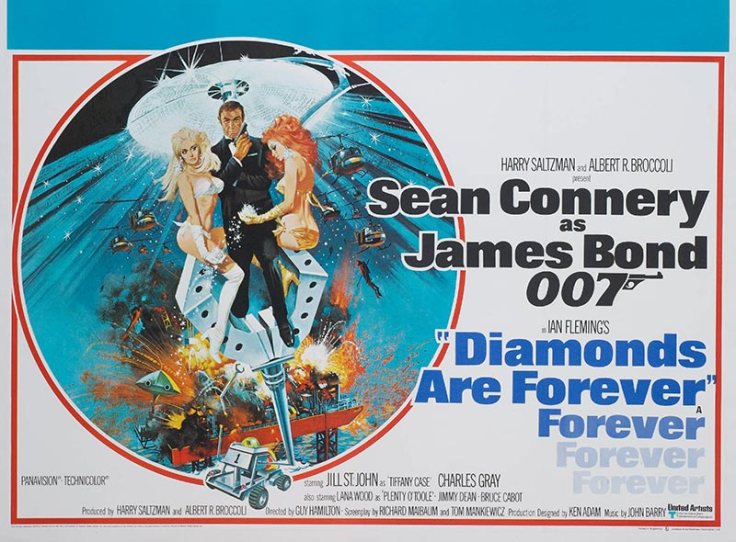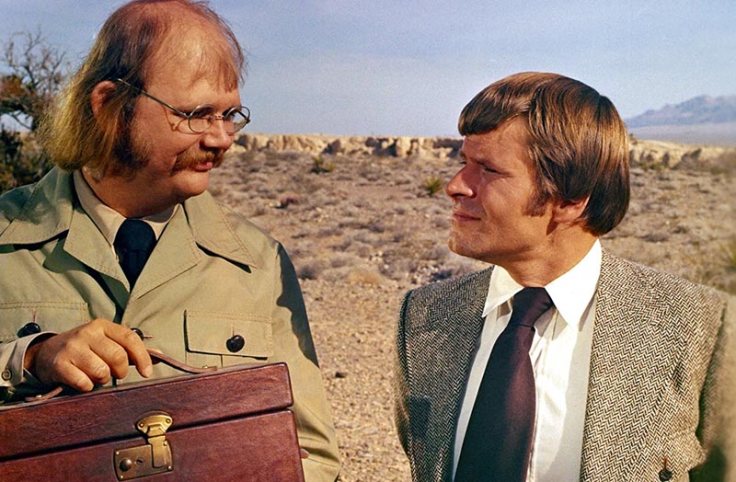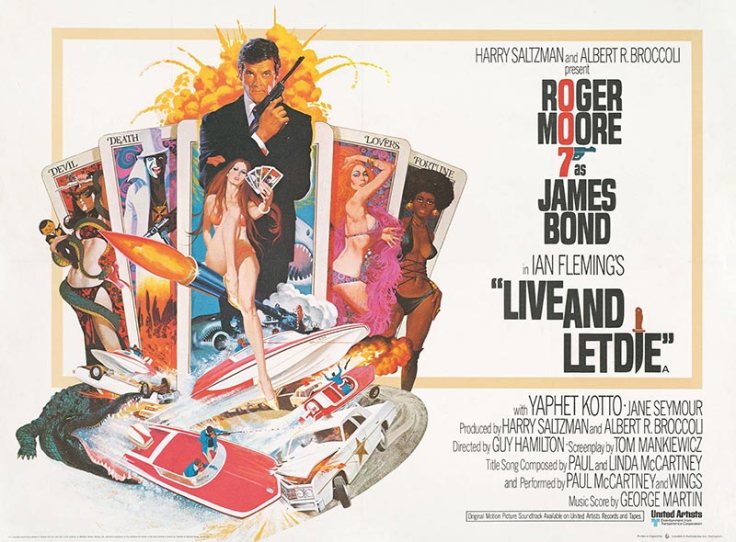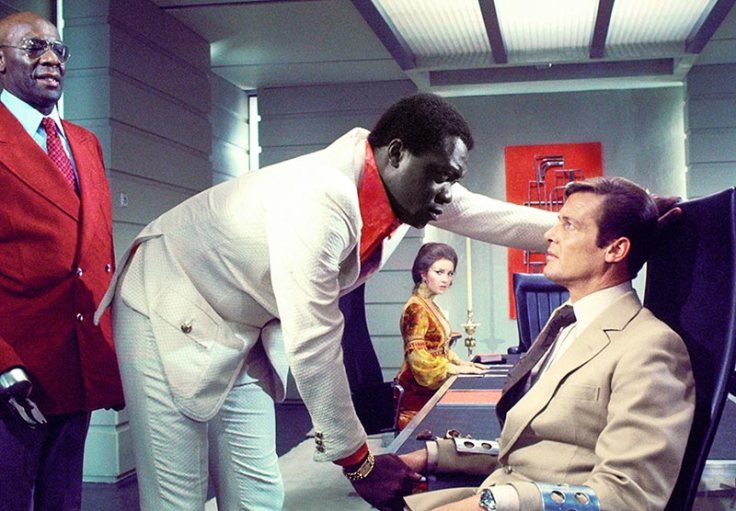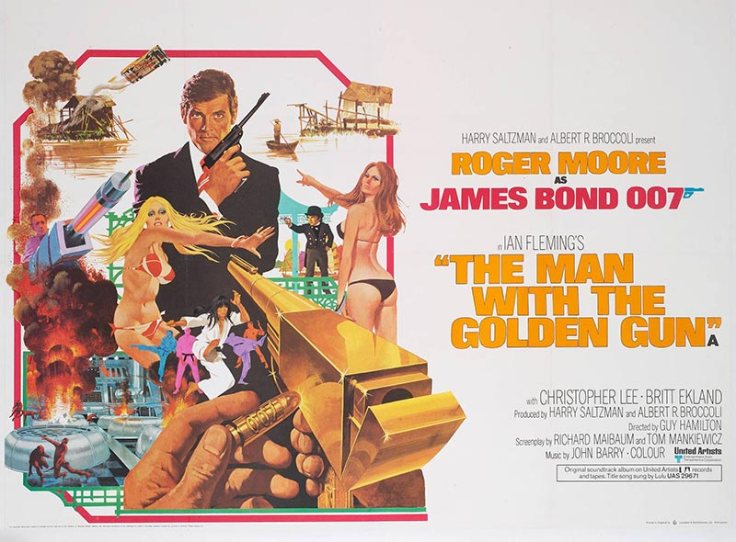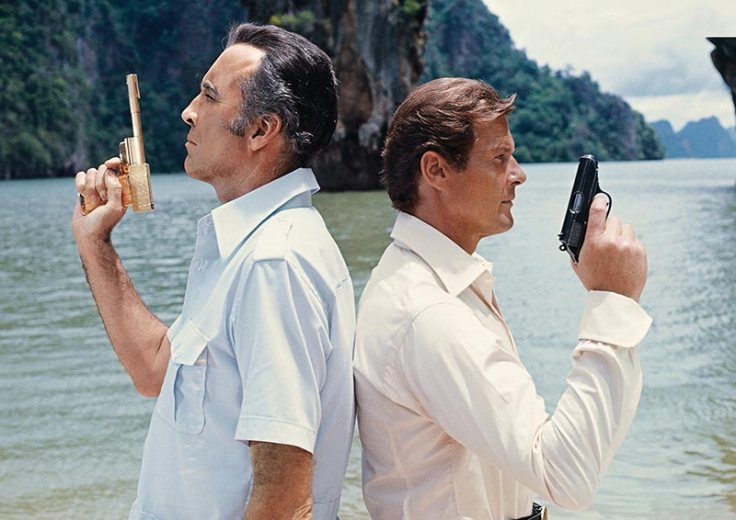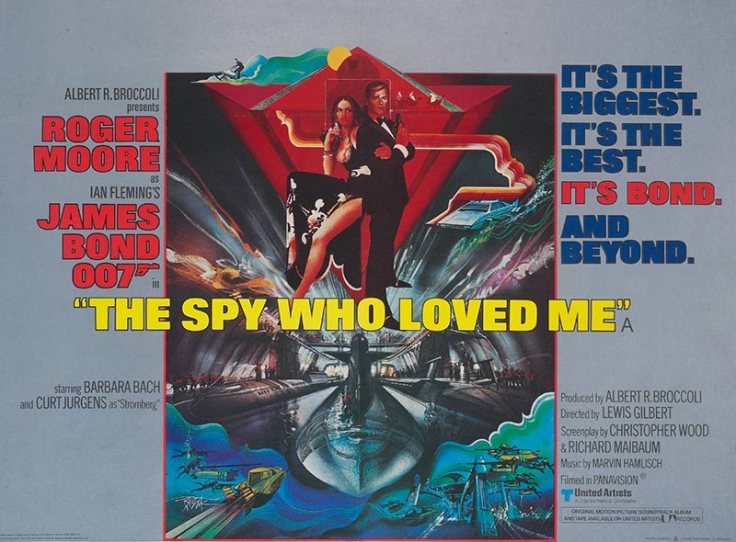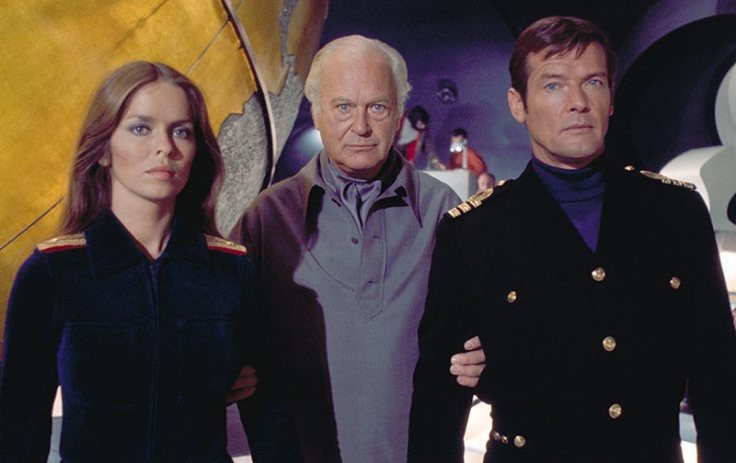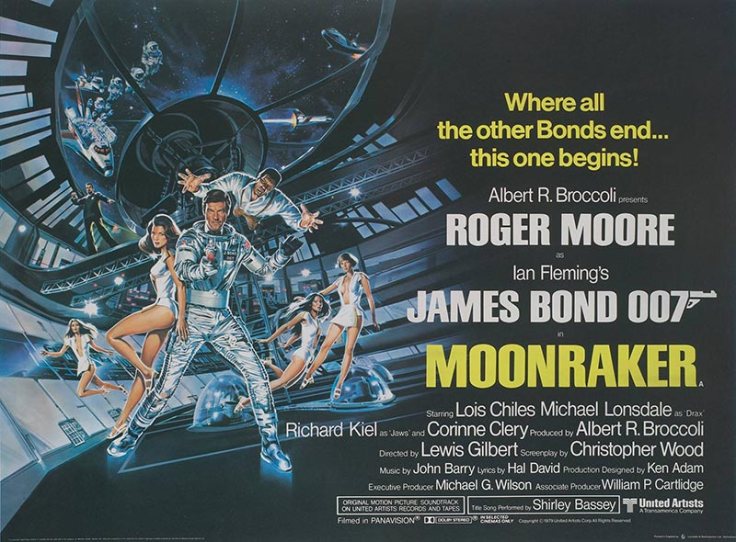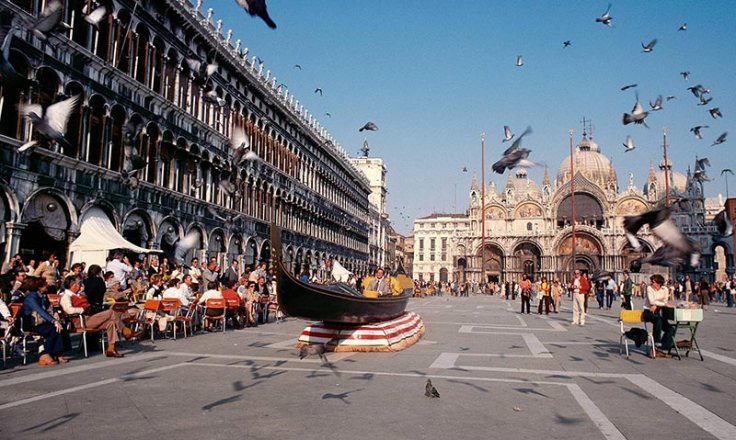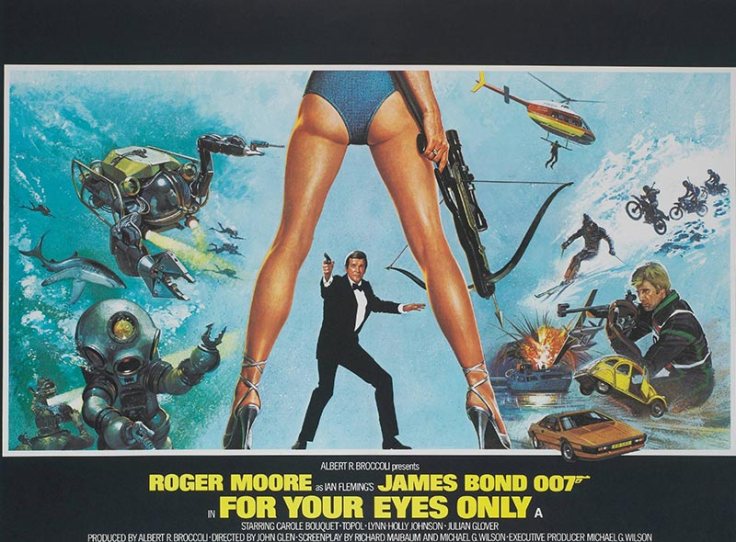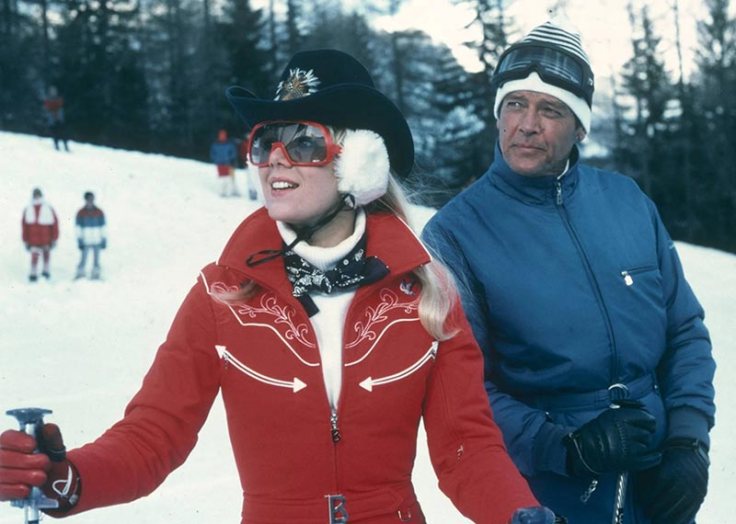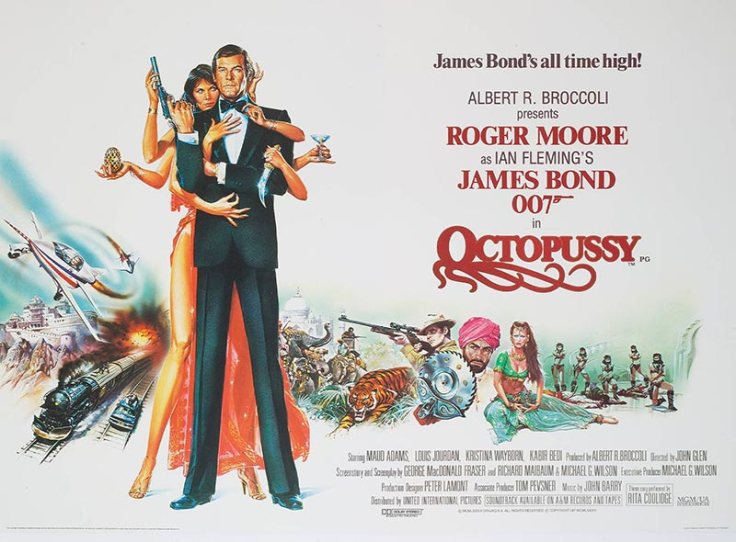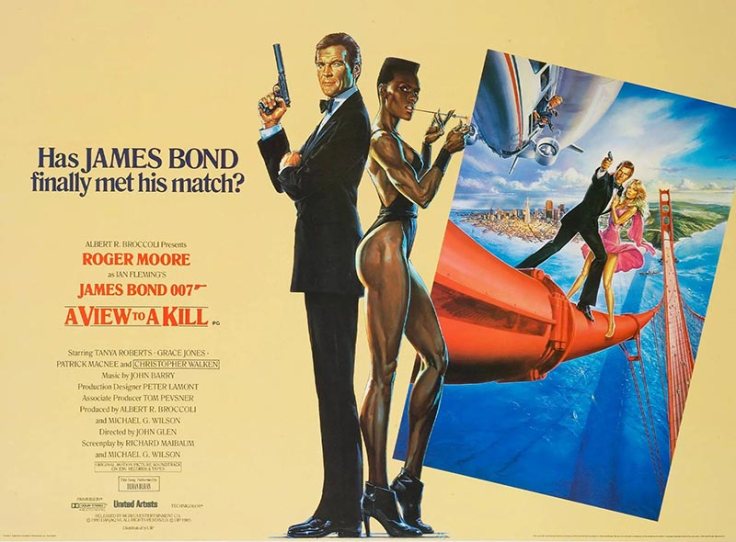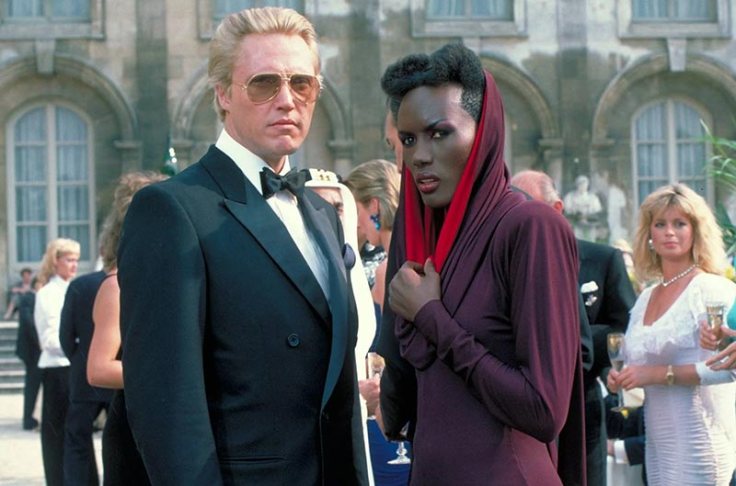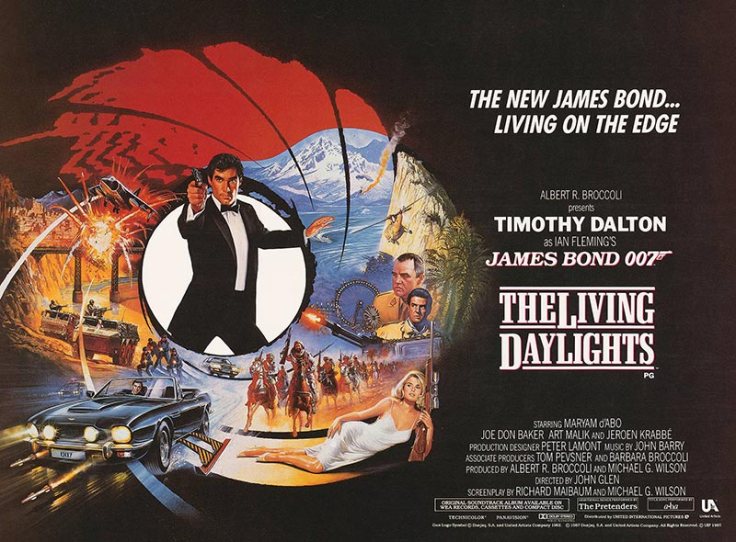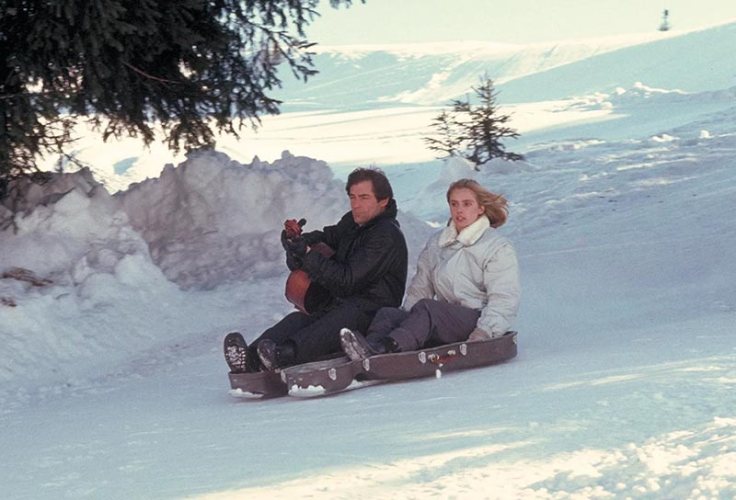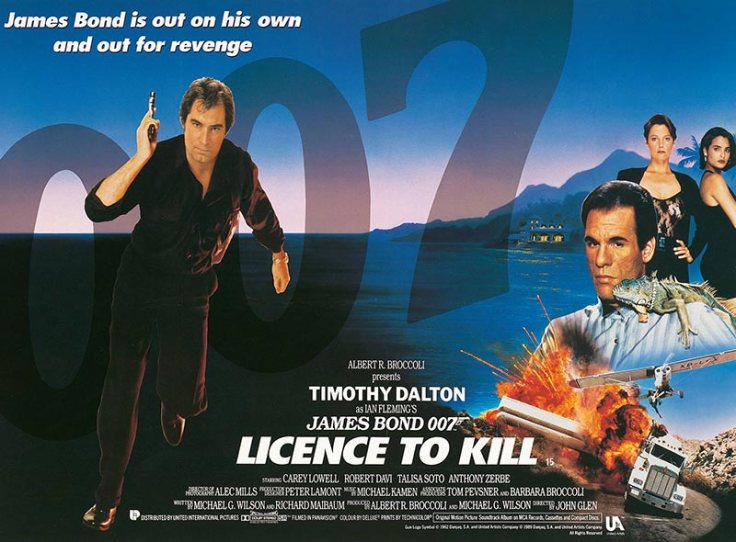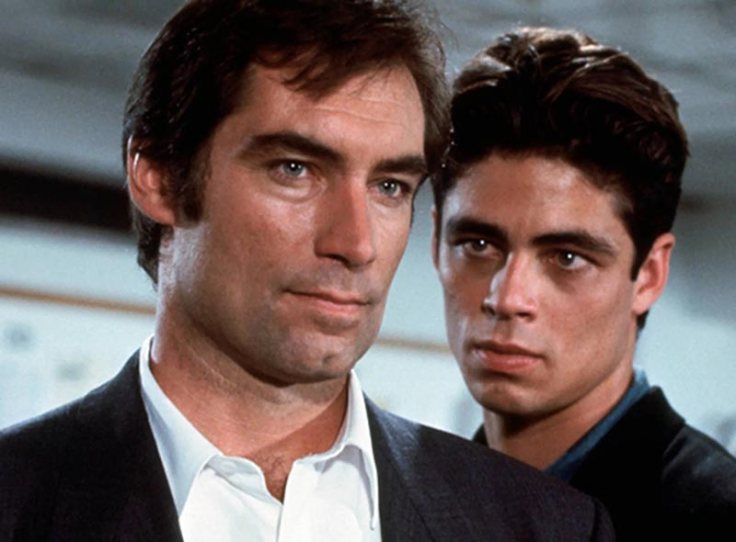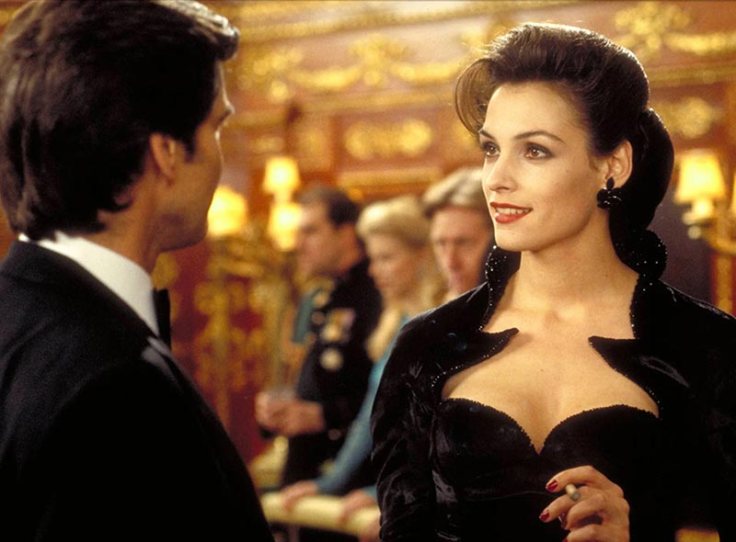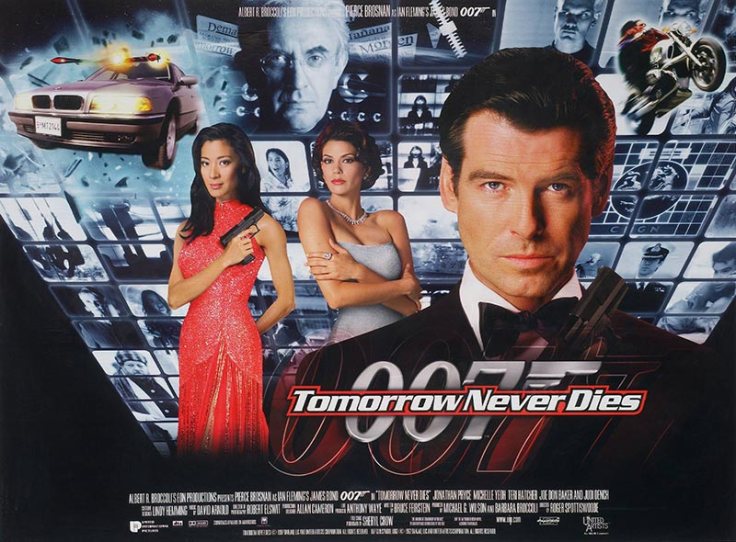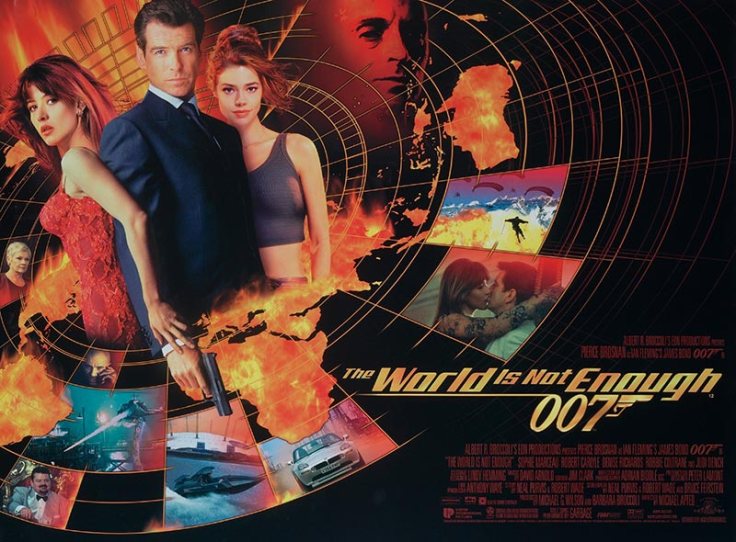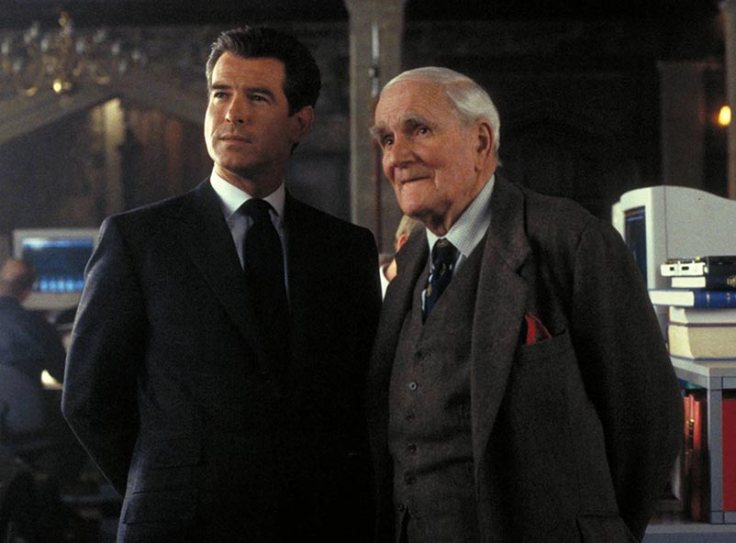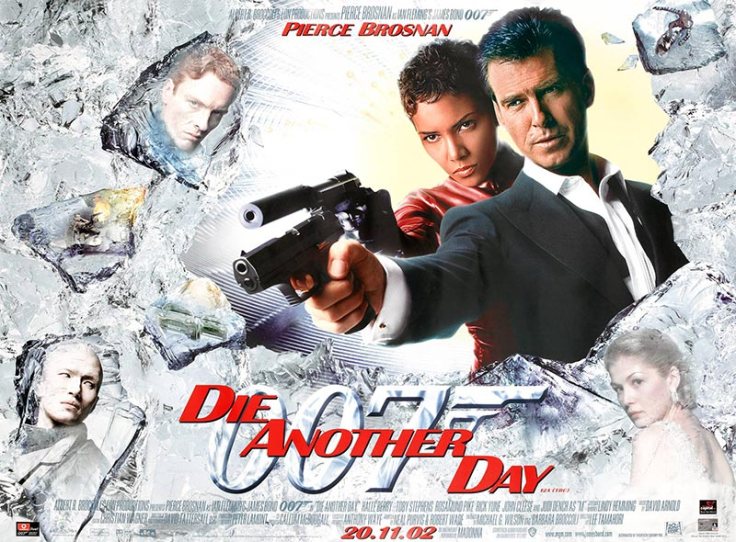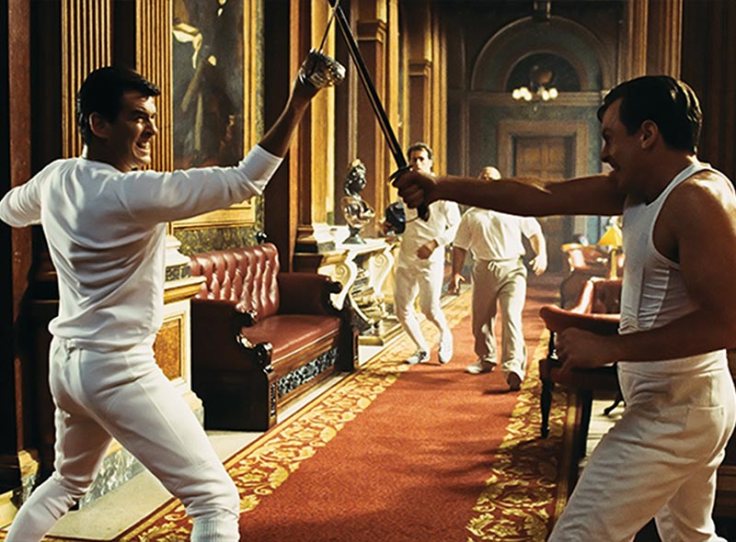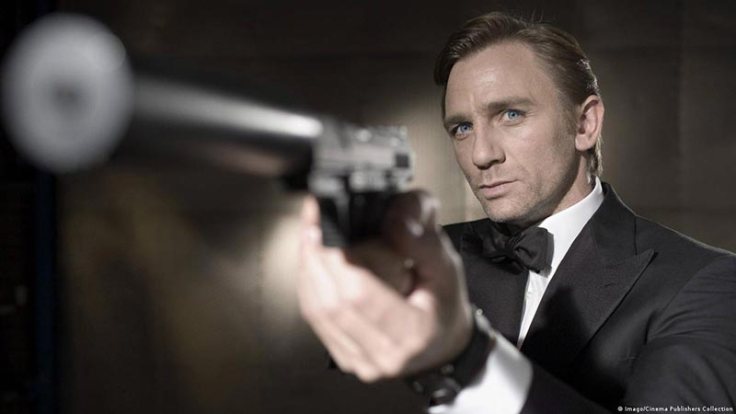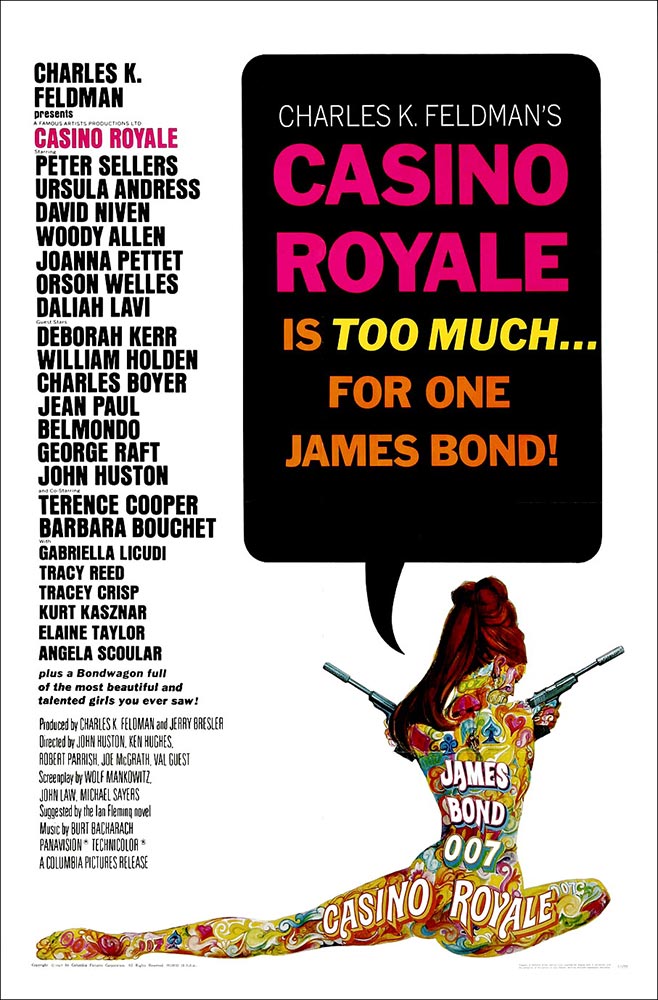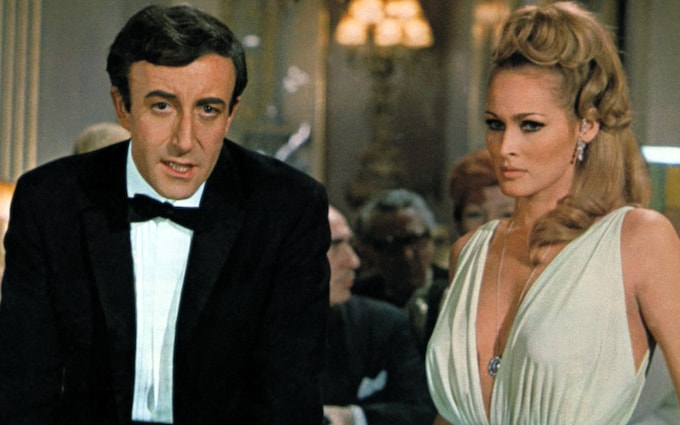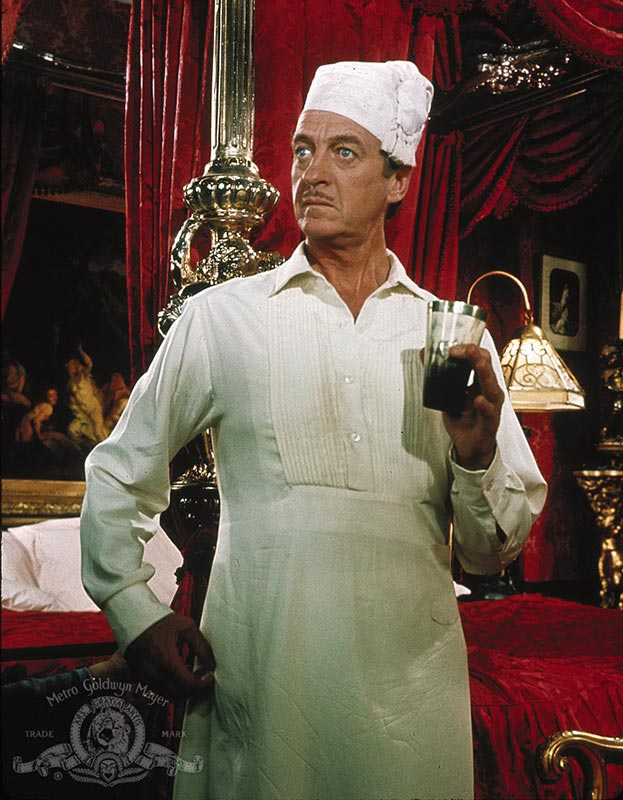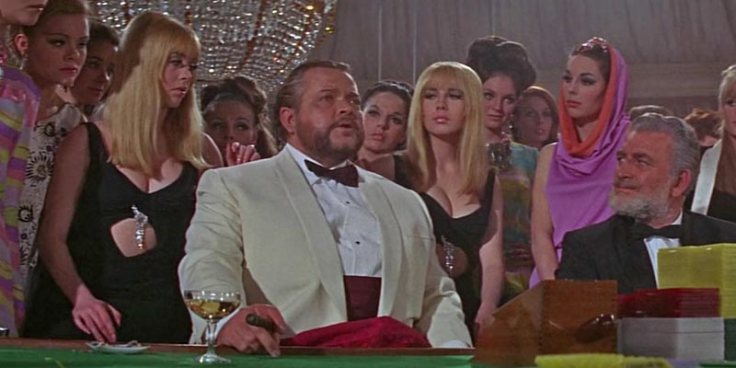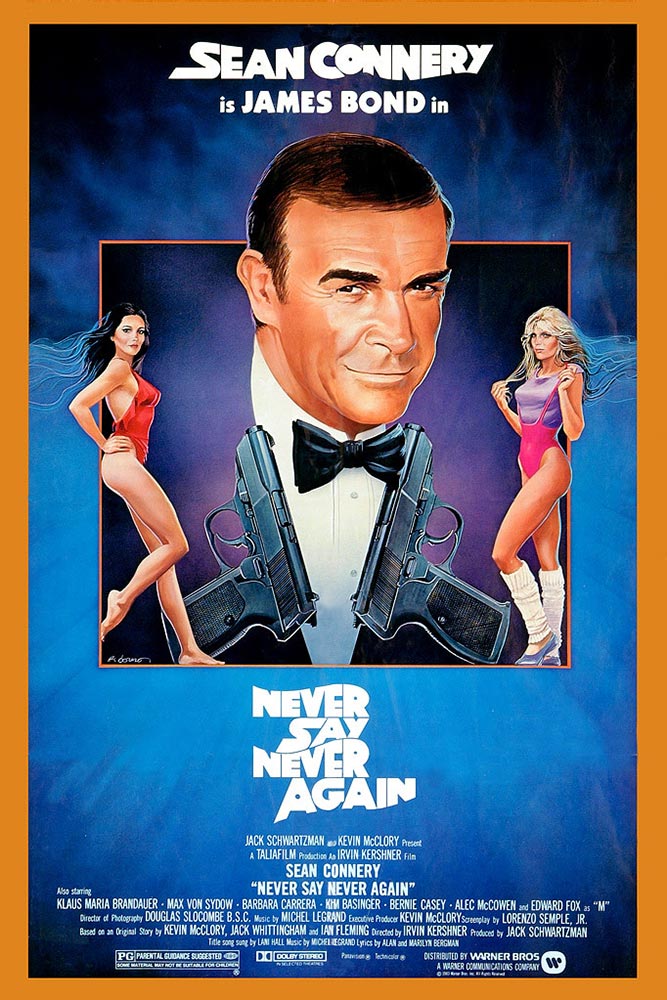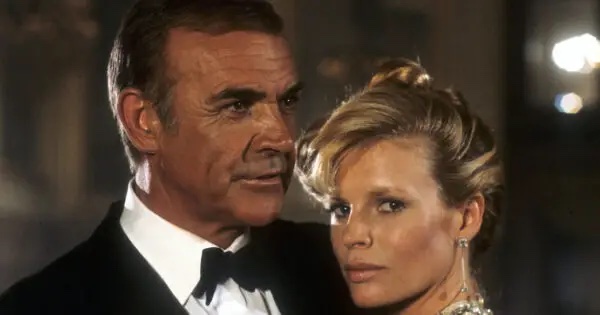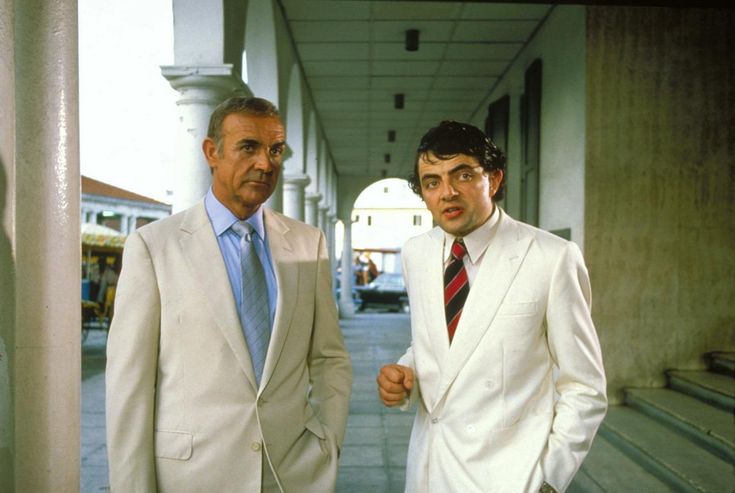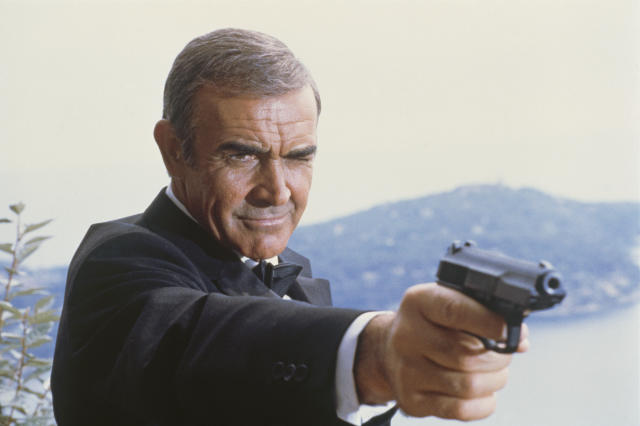Over the last year or so I have, thanks in large part to Amazon Prime, worked my way through all the ‘official’, EON produced James Bond 007 films of the original run in release order, from Sean Connery’s time in the role in 1960s through to Pierce Brosnan’s run around the turn of the millennium.
For clarity, while it could be argued that the original run ended with Timothy Dalton and there was something of a reset before Brosnan, compared to the shift before Daniel Craig took on the role this now feels far more minor – added to which I have previously reviewed a few of the Craig-era films and intend to do similar with the rest in the near future.
As I watched the films I posted brief reviews on Letterboxd so I thought I’d pull them all together here (likely with a few edits) but if you want to find them on Letterboxd I have a list of the series over there.
1960s
Dr. No (1962)
One of the Bond films I’ve probably seen most, the first instalment holds up surprisingly well even now 60 or so years on.
Of course there are things about it, on various levels, that are potentially problematic now and some of the special effects and the way the story are handled aren’t how they would be now but, as an introduction to this fairly ruthless spy and his jet set lifestyle, it’s hard to fault.
The film builds and maintains tension expertly while sowing seeds of far more to come with certain aspects of the character and his world there from the off that still feature in even the most recent instalments.
In that Dr. No remains very much a strong ‘yes’ for me.
From Russia With Love (1963)
The second Bond movie and still very much a prototype of the formula but with a lot to like.
In some ways a far more straight Cold War espionage thriller than Dr. No, but still with plenty of the Bond tropes starting to work their way in, along with the introduction of the mysterious Ernst Stavro Blofeld to boot.
I can only imagine the scenes in Istanbul were wildly exotic at the time and, while again some of it has dated pretty badly, the basic story is still compelling and some of the action, while simple by modern standards, has a harshness that was rarely seen again until Daniel Craig took up the Walther four decades later.
Goldfinger (1964)
Of the classic Bond movies this is up there with the ones I know best and is the one where the classic Bond tropes all seem to fall into place.
In that it does lose something of the more serious espionage aspect, seen particularly in From Russia With Love, but it more than makes up for it in terms of its broader excitement.
Pussy Galore is a classic improbably named ‘Bond Girl’ and, for the first two thirds at least, is actually a pretty interesting and strong presence in her own right – but of course her change later in the movie is one of, again, a few places where classic Bond doesn’t really hold up to modern standards.
None the less Goldfinger is a great fun film with thrills, spills and some of the most classic Bond movie moments you can think of from Shirley Bassey’s theme to the final denouement at Fort Knox… great fun and, for me, Connery’s high point in the role.
Thunderball (1965)
The fourth Bond film and the first where the series really seemed to lose its way.
While the basic plot involving SPECTRE holding stolen nuclear weapons to ransom is solid, its over complicated with peripheral extras from the off, before being hamstrung by a series of underwater action sequences that, while I’m sure technically impressive at the time, are rendered entirely boring thanks to the inevitable lack of dialogue and slow motion quality caused by, well, being underwater.
Along with this the producers clearly saw what had worked so well in Goldfinger and Dr. No and just cranked it all up to such a degree that, in places, this feels as much like Austin Powers as it does James Bond.
Connery is, of course, terrific in the lead role but the material often leaves him looking a bit lost as gadgets, girls and misjudged action sequences take precedence for the first time.
There’s certainly an interesting story in here somewhere but Thunderball isn’t it, which feels like a real shame after three such good films to start the series
You Only Live Twice (1967)
First of all, yes this is the one where Connery gets ‘disguised’ as a Japanese man and ends up looking like a racially insensitive Vulcan in a bad wig.
Other than that I always fondly remembered this one but watching it now it suffers from similar issues to Thunderball with a tone that doesn’t match what’s come before but doesn’t allow itself to go as full on ridiculous as the later films would once Roger Moore took over.
The action is better here, mostly thanks to not being underwater, but it’s two build up sequences too long and it feels like Donald Pleasance as Blofeld is entirely wasted as it seems he’d be great at the role if there wasn’t all this other filler going on (something that would effect Christoph Waltz more recently too), and the less said about the ‘ninjas’ the better.
Added to which Connery seems bored of the role and the one liners and such mostly fail to land, while some interesting shots of Japan don’t do enough to save things.
It’s a step up from Thunderball then but far from the first three films and a low point from the man who brought us Charlie And The Chocolate Factory as well.
On Her Majesty’s Secret Service (1969)
While it might not be the forgotten classic modern reappraisal seems to claim, mostly thanks to some wonky pacing in places and Laezenby not quite hitting the mark as 007 (though he does his best, and following Connery would be a challenge for anyone and some of the one liners here are awful), there’s a lot to like about OHMSS.
The main thing though is that, in a lot of ways, it feels as close to a modern Bond film as anything before or up to Daniel Craig taking up the role in Casino Royale, with a double stranded plot that brings in some greater depth for Bond while the scope of the villain’s plot and the action set pieces step up a level too (even if the skiing sequence maybe goes on a bit too long).
And then we get that ending that could easily have changed everything had the producers had the courage of their convictions, but that would be another story entirely and one we don’t even come close to getting until the most recent films.
Certainly an improvement on the preceding two entries and a film with a lot of good ideas, if not quite the hidden gem some suggest.
1970s
Diamonds Are Forever (1971)
Following OHMSS and with Connery very self consciously back as 007 it’s hard to avoid the feeling that the producers were bottling it somewhat with the first Bond film of the 1970s but, once it gets going, there’s a lot of fun to be had here.
Connery maybe looks a bit too old for the part (though nowhere near as bad as Moore was to get) but Charles Grey does a far better job as Blofeld than I remembered and Mr Wint and Mr Kidd are classic henchmen, even if there is a rather problematic aspect to them.
Not a classic but after a wobbly few films a fair send off for Connery and it does enough to resolidify the series with a few tonal updates to set it off into a new decade with a new 007 that the producers were clearly far more confident in.
Live And Let Die (1973)
Roger Moore’s first outing as James Bond feels like it’s going to start with a bang but after an intriguing opening act packed with a fine mix of espionage, action and classic Bond stuff, it all seems to fall apart, quickly becoming too reliant on gimmicky characters and a plot that never quite adds up to making full sense.
Added to that the action goes off the boil too and it all feels like they maybe had enough ides for a tight 90 minutes but dragged it out over two hours with Moore just sauntering through it all, more concerned about ‘Bond Girl’ Solitaire than villain Kananga who never really feels like much of a threat anyway.
There are some good ideas here, as said, with the notion of Bond mixed with Blaxploitation and the motorboat chase in particular seeming like they should work, but ultimately they don’t which feels like something of a shame in the end.
The Man With The Golden Gun (1974)
Roger Moore’s second outing as 007 is one I had fond memories of and recalled being a far more coherent film than his previous effort.
While that is certainly true it is, upon viewing again, still something of a rambling stylistic mess jumping from the Connery style harshness of Bond to elements of the more comedic that was to come, along with a strong dose of Kung-fu movie elements thrown in to capture something of the craze of the time rather like the previous movie had with Blaxploitation (and all the slightly dubious racial stereotyping one might expect to come with that in the early 1970s).
It also suffers from an inconsistent pace which drags the whole thing down somewhat but, thankfully, it’s saved by its lead villain and some of the elements of playing him off against Bond.
Christopher Lee is, as one would expect, masterful as the titular assassin, Scaramanga, and the moments where he and Moore share the screen are the film’s highlights and it’s hard not to think it would all have been far better if that had been the focus rather than the addition of a slightly confusing solar powered maguffin.
Either way it starts to right the ship for the Moore-era of Bond (that arguably peaks with the follow up) and is enjoyable enough to claim it’s place as one of the more memorable of the series from the time.
The Spy Who Loved Me (1977)
If Sean Connery’s third outing as James Bond, Goldfinger, was his quintessential effort then similar could be said for Roger Moore here.
Finding some balance to the uneven tone of the previous two films and before things got just plain silly (the next film sees Bond head into space and the hover gondola isn’t far behind), here we get a mix of Cold War espionage, nuclear threat, something possibly approaching environmentalism (though not in a very positive way) and the classic Moore raised eye brow approach to the character.
A couple of the sequences go on a bit too long and underwater action is always a challenge (see Thunderball for far worse) but for the most part this is a great bit of super spy fun with Bond almost meeting his match in ‘Agent Triple-X’ as well… and the opening skiing sky dive base jump is still ridiculously impressive.
Certainly up there with the best of the original run of Bond films, for my money, and of course it spawned that Alan Partridge re-enactment which just adds to it all.
Moonraker (1979)
Following The Spy Who Loved Me it was clear the Bond production team thought they’d found a formula that worked and tried to give it another go here – unfortunately while the formula remains solid the execution is somewhat lacking.
From the very start it’s clear something is a bit off and really that just continues to a point where it feels like someone got told Star Wars was popular so space and lasers should take the place of the Kung-fu and blaxploitation seen in earlier films, but with no real understanding of how to make that work or fit the tone of a Bond film so any sense of internal style or logic goes out of the window by the end.
Added to that this is the first film where it feels like Roger Moore is getting just a little too long in the tooth for the role and, with a hover gondola, double taking pigeon and that ‘a woman!?’ line when we meet the ‘hilariously’ named Dr Holly Goodhead, it misses the mark just a little too much – which is a real shame as I remember really enjoying this one when I was younger.
I fear this is the beginning of the slippery slope that ultimately led the initial demise of the franchise a decade later and the fact that Mike Myers all but replayed this as spoof for one of the Austin Powers films probably tells you all you need to know.
1980s
For Your Eyes Only (1981)
Possibly a Bond film I hadn’t seen before, or if I have it was so long ago I had literally no memory of it.
That said, my lack of memory could be because of quite how unmemorable it all felt.
Arriving in a new decade we get a plot that could have promise but ultimately feels over encumbered by unnecessary twists and turns that really don’t serve to make it any more interesting but just make it longer
Meanwhile Moore is once again heading to being too old for the role, particularly given the apparent ages of his female co-stars which lends the whole thing a slightly too creepy (even by Bond standards) edge.
Of course there’s some great stunt work and a few good action set pieces but even in these it feels like there’s a couple too many, no matter how well done they are, and it lacks the wit or charm or humour to carry any of it through – at points it even feels too dark or vicious in its approach given what else is going on.
Ultimately then it’s a mess but in a different way to Moonraker as the slippery slope of Roger Moore’s years as Bond seem to continue.
Octopussy (1983)
Once again Octopussy finds Bond feeling somewhat like a man out of time, if anything more a contemporary of Q than anyone else in the film, and in the midst of an over long, over complicated and tonally inconsistent plot to do with forged jewels and nuclear bombs.
That said, compared to the previous two movies at least, it was something of step up, feeling more like a modern film than any in the series to date and with an upped sense of excitement to match (in places).
The ridiculous moments (including a crocodile shaped submarine) are balanced by some great stunts (the final sequence has some truly impressive moments), so it’s something of a brief respite but still far from top tier Bond.
A View To A Kill (1985)
And at last we get to Roger Moore’s final outing as 007, a good couple of films overdue by my reckoning.
That said there’s a lot that A View To A Kill should have going for it; Christopher Walken and Grace Jones as villains, a tone slightly more up to date in some ways (at least in terms of attempted action), being partially set in San Francisco and a banger of a theme tune from Duran Duran.
Unfortunately once again what surrounds these is an overlong mess with a plot so convoluted it stretches even the limits of credulity for a Bond movie and leaves the villains with not much to really work with, while Moore is, more than ever, simply too obviously old for what the character is given to do which leads to a lot of unconvincing blue screen work and a higher level of inappropriateness with the ‘Bond girls’ than ever.
A real shame as the opening, where James Bond seems to invent snowboarding, is great and there’s a real feeling Grace Jones could have been a new iconic villain but it all gets lost.
The Living Daylights (1987)
After the dire straits of the last few Moore films Timothy Dalton is an instant breath of fresh air as James Bond and it carries through to the whole film.
Certainly this is far from perfect with a a plot a little too labyrinthine for its own good and a tone still a little bit stuck in the 60s in places, but it more than makes up for that with some excellent action set pieces and some actual espionage type stuff that doesn’t just rely on silly gadgets (though it has its fair share of those to).
Added to that this feels far more like a modern film but without losing the essential Bond-ness of it making it something akin to Daniel Craig’s time in the role (just for a different era again).
All round one of the higher points of the series and a great adventure movie in the way that only Bond can be.
Licence To Kill (1989)
Dalton’s second go around as Bond and this once again feels like a jump forward, really bringing the series up to date (for the late 1980s).
At the start (and from my memory) it felt like this was going to take a far more intense direction but actually it goes on to balance out quite well to feel like a modern action film but with that certain something that makes Bond, Bond.
Tonally there are a few wobbly moments but the story is more cohesive than many others with one direct through line that actually stands almost as the most ‘one-off’ Bond I can recall, possibly, as with a few other aspects, because this was more directly aiming at the American market (but that’s just a guess).
Regardless this is top tier Bond and showed a new side to the character it would have been great to see Dalton build on and that really didn’t come back until Craig took over.
1990s-2002
GoldenEye (1995)
Probably the Bond movie I know best (along with Goldfinger) and the first I saw in the cinema, so it holds something of a different place in my memory than the rest.
From the off Brosnan is terrific as 007 continuing the modern feel of Dalton but with a slightly more balanced element of Moore’s comedic leanings and just enough of Connery’s early grit – it’s a shame this balance wouldn’t continue through his tenure.
The plot is classic Bond but with a 90s blockbuster mindset that really works while the supporting cast, from Judi Dench debuting as M to Alan Cumming’s snivelling hacker henchman Boris, are all on top form and the pair of ‘Bond girls’ each add an extra something generally not seen in the series before – and how can you doubt a character with a name like Xenia Onatop, it’s up there with Pussy Galore… or Holly Goodhead.
Previous re-watches had left me a little jaded on this one but, watching it again now I think it’s my favourite of the series overall (even if it is debatably not the objective ‘best’) and it contains a remarkable amount of what made James Bond the surviving presence he was previously while hinting at what has made him return as such again in more recent years.
Tomorrow Never Dies (1997)
Brosnan’s second go at 007 has suggestions of a lot of promise but ultimately ends up being nothing but serviceable.
Aside from a few decent chase scenes the first half takes a while to get things properly going while at the same time making the villain’s evil scheme just a little too obvious.
Once Michelle Yeoh gets in on the action things pick up, and the second half is pretty non-stop and very well done, but the threat never feels real enough – almost as if media manipulation to start World War Three is too big a set of stakes, something some of Moore’s lesser efforts suffered from.
Brosnan is again good as Bond and Jonathan Pryce feels effective as the villain, Elliot Carver (a kind of Rupert Murdoch on metaphorical steroids figure) but they aren’t given much to work with, and while the ‘Bond girls’ aren’t entirely the standard – particularly Yeoh – it still doesn’t quite sit right.
Ultimately then this is a fine but somewhat unsatisfying entry, particularly after GoldenEye, though the point it seems to be making about media interference feels remarkably current even now.
Oh, and half the cast of The Crown popping up throughout is somewhat distracting watching now, as is the fact that the ‘stealth ship’ is remarkably similar to the fast ferries that ply the waters around the Channel Islands so is, for an Islander like myself, a little hard to take seriously given how often they seem to break down.
The World Is Not Enough (1999)
While famed at the time of its release for an egregiously enhanced poster and Denise Richards’ (riding on a high post-Wild Things and Starship Troopers) as the world’s most unlikely nuclear physicist, it turns out I didn’t actually remember much of Pierce Brosnan’s third outing as 007 as I had thought.
With an over complicated plot about oil pipelines, stolen nukes and familial revenge, it’s far from top tier Bond but was more enjoyable than I remembered with some clever enough action scenes and a nice line in intrigue that hinted at what was done with Judi Dench’s M in the more recent films.
Brosnan again gives a decent turn, though is definitely heading into more Moore territory than before, and Robbie Coltrane is another highlight along with Sophie Marceau being a far more interesting character than I remembered.
Robert Carlyle though (the man who was so memorable as Trainspotting’s deranged Francis Begbie) falls largely flat as the classic disfigured villain and the aforementioned Denise Richards seems like a throwback to the early 1970s style of ‘Bond Girl’, name and all… Dr Christmas Jones, leading to an awful pun near the films climax.
With this the tone is all over the place even by Bond standards, jumping from near farce to brutal violence, but there’s enough going on here to have a good time for the most part.
Die Another Day (2002)
Another entry in the Bond series I didn’t have particularly positive memories of, and the entry that caused essentially a reset of the series, so I didn’t have high hopes going into Die Another Die.
For the first half or so though I was pleasantly surprised as, while not top level Bond, there was a lot to like with the slightly ludicrous plot of 007 stuck in North Korea then going off on a rogue mission to find out who betrayed him.
This is all delivered in generally the spirit of classic Bond though again it struggles to find a consistent tone but Brosnan is decent, as are Hallie Berry and Rosamund Pike, while Zao has potential to be a classic henchman with his diamond encrusted face and line in savagery – then the invisible car appears and we head to Iceland.
From this point something seems to shift that I can’t quite put my finger on but it loses any sense of internal logic and even a sense of time and scale, leading to an overblown climax riddled with poorly executed special effects that look a good twenty years after their time.
In the end then, while not as bad as I had remembered, it’s still clear to see why Die Another Day put something of a full-stop on one era of James Bond adventures as I’m not sure where else they could have taken things without going back into full on Moonraker territory and beyond which I suspect would have been a point of no return.
So that’s the run of Bond from 1962 to 2002 dealt with, forty years of movies which is a remarkable achievement in anyone’s book and a majority of them remain entertaining enough while a few are genuine classics.
From here things took something of a turn with a ‘soft reset’ of the series starting with Casino Royale and leading through to No Time To Die with the films directly tied together for the first time.
You can read my reviews of the Daniel Craig-era films at the links below (some are still to come):
And who knows where the world’s least secret secret agent might go next, whatever is coming though it’s likely Bond will remain shaken at times, but not stirred.
The Unofficial Films
That’s the official, EON produced, films covered, but what of the others that somehow creeped their way into cinemas, namely 1967’s spy spoof Casino Royale and 1983’s Thunderball remake Never Say Never Again.
Well for the sake of completeness I gave those a watch too and here are some thoughts…
Casino Royale (1967)
Somehow, at barely over two hours long, the 1967 spoof James Bond movie Casino Royale long outstays its welcome.
An utter mishmash of spoof ideas, what we end up with is an undisciplined and largely incoherent mess of a film that gets more so as it goes on (quite what a flying saucer in Trafalgar Square has to do with anything is beyond me and the less said about the final scene the better), with really only a few amusing moments and many more where you can see where the joke should be but they just don’t seem to land, before the filmmakers seem to give up on actual humour entirely.
This is all likely not helped by the film having (at least) three directors, a further trio of writers and yet another triumvirate of cinematographers so, even while there is a generally similar style, it does jump around more than it should.
David Niven and Peter Sellers both seem to do their best but aren’t given much to work with which, particularly in the case of Sellers, is a tragedy (though some of his impressions are, to say the least, of their time), while what interest there is elsewhere is largely maintained by a slew of cameos ranging from big name stars like Orson Welles and Woody Allen to British TV staples like John Le Mesurier and Ronnie Corbett.
The only real highlight of the film is the music, largely composed and conducted by Burt Bacharach and including Dusty Springfield’s rendition of The Look Of Love and an opening number from Herb Alpert & The Tijuana Brass, but even this gets somewhat tiresome as it goes on.
It’s hard to watch a Bond spoof without thinking of Austin Powers but, it has to be said, it feels like Mike Myers may have got a lot of his ideas from here and executed them far more effectively – the ‘Fembots’ and ‘Fat Bastard’ in particular appear to be almost direct lifts, for example.
In the end I have to say I’m unsure how Casino Royale even ever made it to the screen in the first place as, if I were involved, I think I’d want it stricken from the record, and it is now, at best, a curio of a film and (far more likely) simply one to avoid.
Never Say Never Again (1983)
I’d always wondered why it was Thunderball that got the unofficial remake treatment as it’s one of the lesser of the early Bond films, but having done some brief research the legal wrangling made it obvious.
With that in mind I had hoped this updated version of the story might improve upon it, but unfortunately all it did was create another mess of a movie.
Ok we aren’t talking 1967 Casino Royale levels of mess, but mess nonetheless, with a style that tries to marry something of the 1960s with the 1980s and misses the mark far more than it hits while losing any of the sense of glamour and style that are essential to Bond.
Along with that it plods along at a disastrously dull pace which makes the plot about hijacked nuclear war heads astonishingly boring while it feels like it’s been written by someone who simply doesn’t know what dialogue is.
Connery, though far more aged than the character really should be, does his utmost and clearly still knows how to inhabit Bond like few others, but he’s surrounded by a mix of cartoon comedy characters or two dimensional villains speaking entirely in cliche.
Max Von Sydow as Blofeld is entirely wasted and the less said about Bond playing video games in a casino in Monaco the better (were there really video game arcade machines in fancy casinos in the early 1980s?).
With a soundtrack that sounds like it came from a stock library album and uninspired direction that makes me wonder how this followed The Empire Strikes Back for Irvin Kershner, Never Say Never Again is almost worse than bad in just feeling like a waste of time and an entirely missed opportunity.

